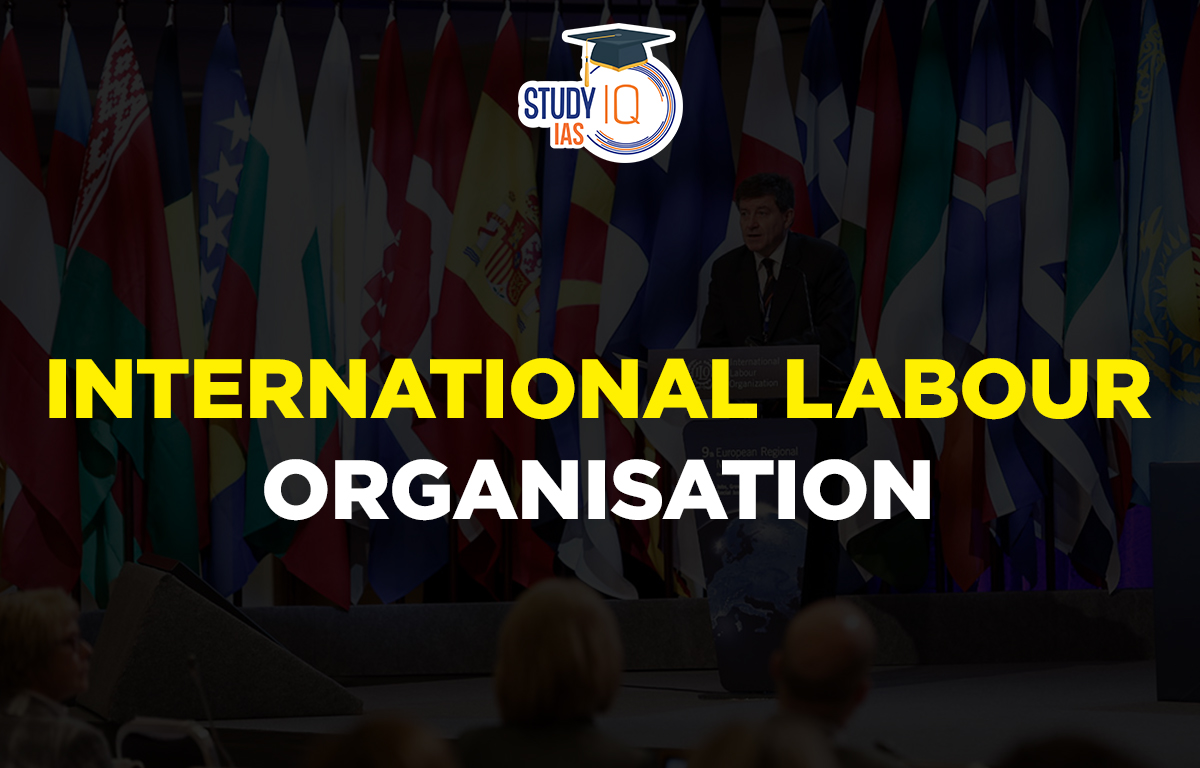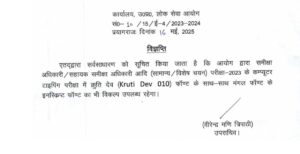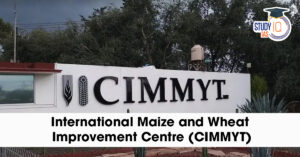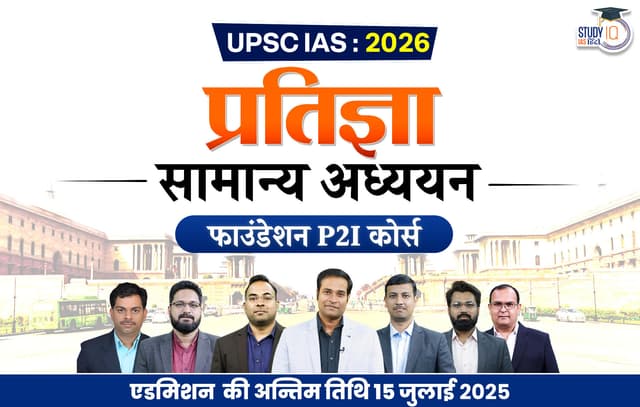Table of Contents
International Labour Organization
International Labour Organization: The International Labour Organization (ILO) is a United Nations specialised agency founded in 1919. Its primary mission is to promote social justice and decent working conditions worldwide. The International Labor Organization (ILO) brings together governments, employers, and workers from its member countries to develop and promote labour standards, policies, and programmes. International Labour Organization works to increase opportunities for women and men to find decent and productive work in environments that promote freedom, equity, security, and human dignity.
The International Labour Organization also provides member countries with technical assistance and advisory services to help them improve their labour practices and policies. The core values of the International Labour Organization include the promotion of fundamental principles and rights at work, such as freedom of association and the right to collective bargaining, the abolition of child labour, forced labour, and workplace discrimination, and the promotion of social dialogue and social protection.
International Labour Organization Role & Functions
Founding Mission: Social justice is essential to universal and lasting peace. The International Labour Organization’s main goals are to promote workers’ rights, encourage decent employment opportunities, improve social protection, and strengthen dialogue on workplace issues. The major role & Functions of ILO are :
- Promotes internationally recognized human and labour rights.
- To promote and realise workplace standards, fundamental principles, and rights.
- To provide more opportunities for both men and women to find decent work.
- To expand the availability and effectiveness of social protection for all.
- To improve triangulation and social dialogue.
International Labour Organization Establishment
After World War I the International Labour Organisation (ILO) was established in 1919. The creation of an organisation to advance social justice and enhance working conditions globally was mandated by the Treaty of Versailles, which put a stop to the war.
In order to promote social justice and fair working conditions for everyone, the ILO was established. Its founders understood that collaboration between governments, employers, and employees were essential to achieving this goal and that the stability and prosperity of nations depended on the welfare of their workforces. From its establishment, the ILO has contributed significantly to the creation of global labour standards, the promotion of decent work, and the provision of technical assistance and consulting services to member nations. It still plays a crucial role in the global movement to advance social justice and decent work for all today.
International Labour Organization Headquarters
The International Labor Organization (ILO) is headquartered in Geneva, Switzerland, and currently has 187 member countries. It is governed by a tripartite structure comprised of government, employer, and worker representatives. In order to achieve its goals and objectives, the organisation collaborates closely with a number of other organisations and stakeholders, including civil society organisations, academic institutions, and the private sector.
International Labor Organization History
Prior to the establishment of the organisation, its founders had made significant advances in social thought and action. In 1946, it became the United Nations (UN) first specialised agency. The International Labor Organization (ILO) has played an important role in promoting labour and human rights. During the Great Depression (the 1930s), it played an important role in ensuring labour rights. It was crucial in the process of decolonization and the defeat of apartheid in South Africa. The organisation received the Nobel Peace Prize in 1969 for its efforts to improve class peace and to promote justice and fair work for workers.
International Labour Organization Members
Since 1919, the only triangular United Nations organisation has been the International Labour Organization (ILO). In order to establish labour standards, create regulations, and create programmes supporting decent work for all women and men, it brings together governments, businesses, and employees from 187 Member States.
Function of International Labour Organization
The International Labor Organization (ILO) performs a number of crucial duties with the goal of advancing social justice and enhancing working conditions globally. The ILO’s primary duties include the following:
Setting Standards
International labour standards are a set of principles and rules that serve as a framework for enhancing working conditions all around the world. The ILO creates and promotes these standards. These requirements address a number of topics, such as forced labour, discrimination, and freedom of association.
Offering Technical Assistance and Advisory Services
The ILO helps member states improve their labour practices and policies by offering technical assistance and advisory services. This includes doing research, creating a discourse between various stakeholders, and offering training and capacity building.
Encouraging Decent Work
The ILO is committed to promoting decent work for all, which entails ensuring that all people have access to secure and productive employment, in conditions of freedom, equity, security, and human dignity. With a number of initiatives, such as programmes that support job creation, skill development, and social protection, the ILO seeks to promote decent work.
Supporting Social Dialogue
To guarantee that labour policies and practices are established in a collaborative and inclusive manner, the ILO encourages social dialogue between governments, employers, and employees. This fosters improved comprehension, teamwork, and agreement regarding labour-related issues.
Research and Analysis
The ILO conducts research and analysis on a variety of labour-related issues in order to inform policy development and promote best practices. This includes studies on employment trends, working conditions, and social protection.
Overall, the ILO’s functions are aimed at promoting social justice and improving working conditions around the world by providing labour-related guidance, support, and leadership.
International Labour Organization in Labour Law
The International Labour Organization (ILO) is crucial to the global advancement and promotion of labour legislation. The ILO has contributed to the development of international labour standards, which serve as a guide and guiding principles for labour legislation in many nations.
The ILO has made significant contributions to labour law in a number of crucial areas, including:
Basic Rights and Principles at Work
The ILO has established fundamental rights and principles at work, such as freedom of association, the right to collective bargaining, and the abolition of child labour and forced labour, through the development of core conventions. These agreements have contributed to the creation of a universal foundation for labour law.
Non-Discrimination and Equality at Work
The International Labor Organization (ILO) has created agreements and guidelines that support non-discrimination and equality at work. The promotion of equal compensation for equal effort, the abolition of prejudice based on race, gender, or other characteristics, and the encouragement of inclusion and diversity in the workplace are all included in this.
Workplace safety and working conditions are addressed by conventions and recommendations created by the International Labor Organization (ILO). This entails encouraging safe working conditions, establishing minimal requirements for work hours and downtime, and safeguarding the health and safety of employees.
Social Protection
The ILO has produced conventions and guidelines that support social protection for employees, including maternity leave, disability compensation, and access to social security.
The ILO has contributed to the development of a universal framework for labour law based on fundamental values and workplace rights. The group is still doing a lot to advance social justice and enhance working conditions for people all around the world.
International Labour Organization Nobel Prize
In honour of its efforts to advance social justice and enhance working conditions globally, the International Labour Organization (ILO) received the Nobel Peace Prize in 1969. The ILO received the honour in recognition of its efforts to advance “the fraternity of countries” and get rid of unfair labour practices. The ILO was acknowledged at the time of the award as one of the oldest specialised organisations of the UN and as a major force in the international campaign to advance social justice and decent employment for all.
The Nobel Committee praised the ILO for its “contribution to the development of a better organized and more equitable world” and for its work to “promote cooperation among workers and employers.” Since receiving the Nobel Peace Prize, the ILO has continued to play a key role in promoting social justice and improving working conditions around the world. Its work has helped to establish international labour standards and promote decent work for all, and it continues to provide technical assistance and advisory services to member states to help them improve their labour practices and policies.


 UPPSC RO ARO Exam Date 2025 Out: Typing ...
UPPSC RO ARO Exam Date 2025 Out: Typing ...
 Maharashtra Bill to Curb Urban Naxalism,...
Maharashtra Bill to Curb Urban Naxalism,...
 International Maize and Wheat Improvemen...
International Maize and Wheat Improvemen...





















